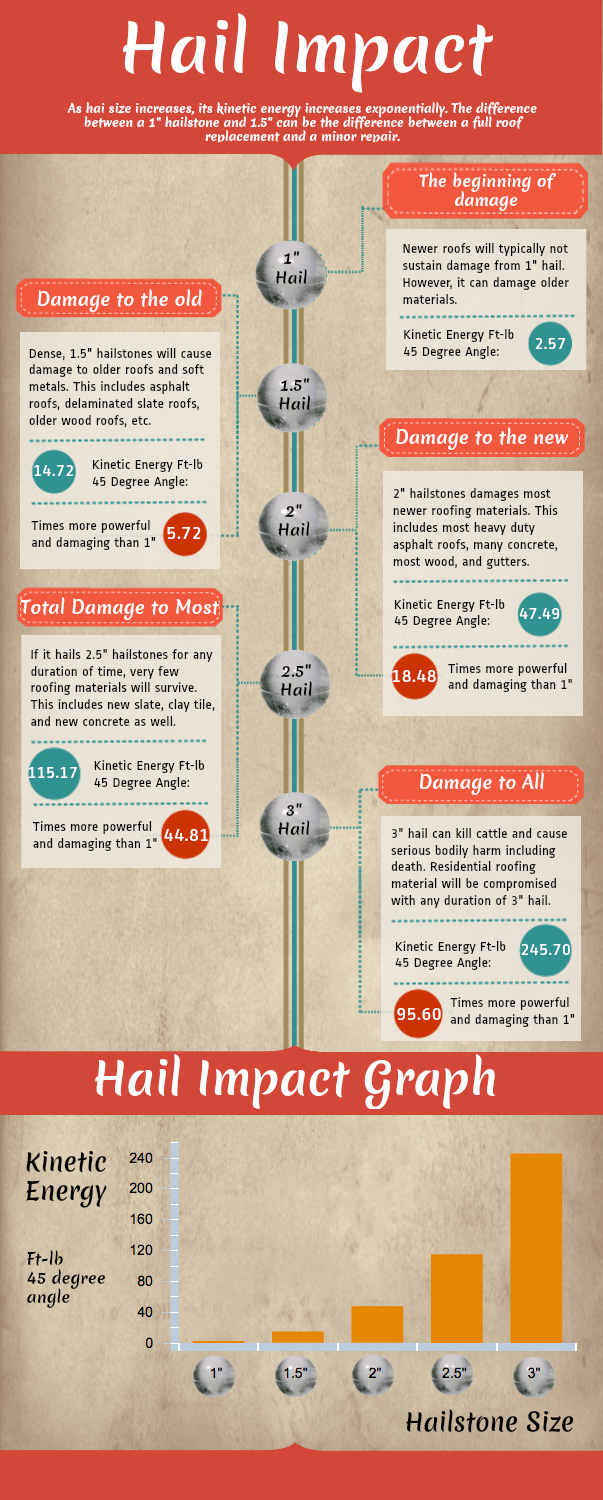Frequent Mistakes In Roofing System Installation And Techniques For Prevention
Frequent Mistakes In Roofing System Installation And Techniques For Prevention
Blog Article
Content Create By-Parsons Miranda
When you're planning a roof covering installment, it's simple to forget important details that can cause significant problems down the line. You may be attracted to cut corners on material option or miss correct flashing setup, yet these common errors can bring about expensive fixings later. Comprehending the importance of ventilation and adhering to local building ordinance is necessary for an effective project. So, what are the crucial actions you should take to guarantee your roof stands the test of time? Let's explore some reliable strategies to avoid these pitfalls.
Poor Product Selection
When it concerns roof setup, choosing the wrong materials can bring about expensive troubles down the line. You may assume that any type of roof product will do, but that's a typical misconception. It's critical to select materials that fit your regional climate and the particular demands of your home.
For example, if you reside in an area with heavy rainfall or snow, selecting asphalt shingles might not be the most effective option. Rather, take into consideration more durable options like metal or slate.
Additionally, pay attention to the top quality of the products you're thinking about. Inexpensive materials could save you money upfront, but they typically lack longevity and can lead to regular fixings or replacements.
You need to also think about the style of your home and guarantee the products you select will keep its aesthetic charm.
Finally, don't forget to speak with experts. They can provide useful insights and advise materials that follow neighborhood building ordinance.
Spending time in appropriate material option currently can aid you stay clear of migraines and expenditures in the future, making your roofing job a success.
Inadequate Flashing Setup
Choosing the best materials isn't the only variable that can result in roofing troubles; poor blinking installment can also develop substantial problems. Flashing is vital for directing water away from at risk locations, such as smokeshafts, skylights, and roofing system valleys. If it's not installed correctly, you take the chance of water invasion, which can cause mold growth and architectural damage.
When you set up flashing, guarantee it's the appropriate kind for your roofing's design and the local environment. For example, steel blinking is frequently extra sturdy than plastic in locations with hefty rain or snow. Make sure the flashing overlaps suitably and is protected snugly to avoid gaps where water can permeate via.
You should likewise take note of the installment angle. Flashing need to be positioned to route water away from your house, not towards it.
If you're not sure regarding the installment procedure or the products needed, seek advice from a professional. They can assist identify the most effective flashing choices and ensure whatever is mounted properly, guarding your home from prospective water damages.
Taking Recommended Web site can save you time, cash, and migraines later on.
Neglecting Ventilation Demands
While numerous homeowners focus on the aesthetic and structural elements of roof installation, neglecting air flow demands can lead to major long-term effects. Correct air flow is crucial for controling temperature level and dampness degrees in your attic room, stopping concerns like mold growth, wood rot, and ice dams. If click for info do not mount ample air flow, you're establishing your roofing up for failure.
To avoid this blunder, first, analyze your home's certain air flow needs. A well balanced system generally includes both consumption and exhaust vents to promote air flow. Ensure you have actually set up soffit vents along the eaves and ridge vents at the height of your roofing. This mix permits hot air to get away while cooler air enters, keeping your attic room area comfy.
Also, take into consideration the kind of roof covering material you have actually chosen. Some products may call for extra air flow strategies. Ascertain your neighborhood building ordinance for ventilation standards, as they can vary significantly.
Finally, don't forget to evaluate your air flow system consistently. Blockages from debris or insulation can hinder air flow, so maintain those vents clear.
Conclusion
To conclude, preventing typical roofing installment blunders is key to ensuring your roof covering's durability and effectiveness. By selecting the right materials for your environment, setting up blinking properly, and addressing ventilation requirements, you can avoid pricey issues later on. Do not fail to remember to acquaint on your own with neighborhood building ordinance and schedule routine inspections. With these actions, you'll appreciate a safe, resilient roofing that protects your home for many years ahead. Delighted roof!
